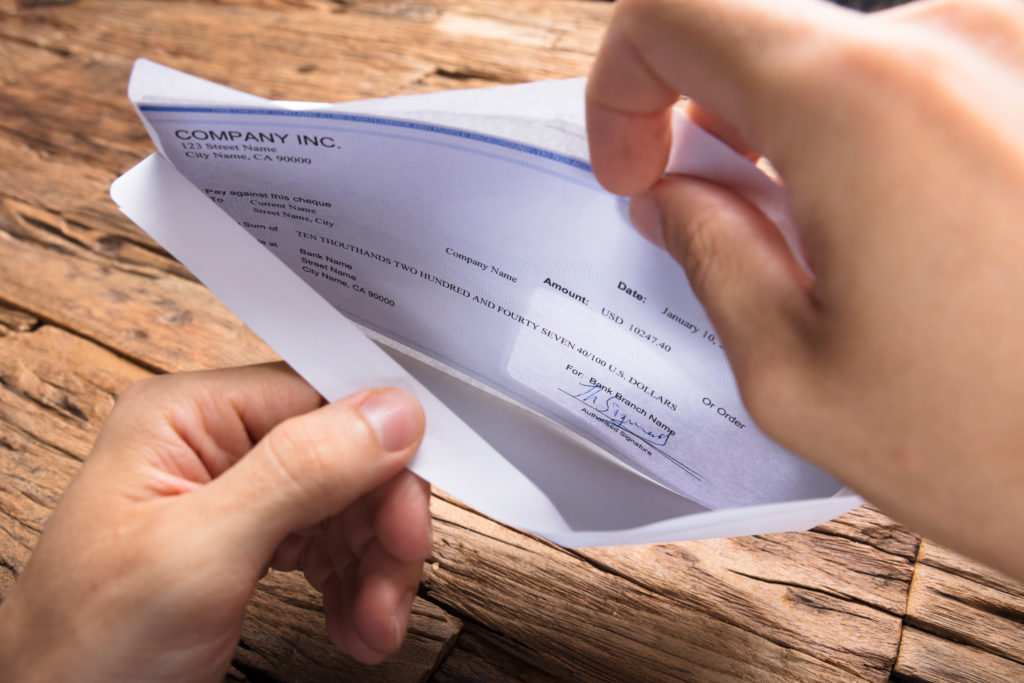|
|
5 Strategies to Break Free from Living Paycheck to Paycheck

Living paycheck to paycheck is a reality for many, but it doesn’t have to be a life sentence. With the right strategies, you can take control of your finances and start building a more secure future. Here are five updated tips to help you move beyond just getting by:
- Track Your Spending with Precision Start by meticulously recording every expense. Use apps like Mint or YNAB, which categorize your spending and highlight areas where you can cut back. Remember, every dollar counts, and understanding your spending habits is the first step to financial freedom.
- Embrace Zero-Based Budgeting Adopt a zero-based budget, where every dollar is assigned a job, from bills to savings. This method ensures you’re making the most of your income and not letting any money slip through the cracks. Tools like EveryDollar can help you set up this budgeting system.
- Rethink Retail Therapy Avoid shopping as a social activity. Instead, find free or low-cost ways to enjoy time with friends, like outdoor activities or game nights at home. This shift can save you hundreds over the year and strengthen your financial resolve.
- Adopt a Minimalist Lifestyle Living within your means is more than a mantra; it’s a lifestyle. Embrace minimalism by evaluating the true need behind each purchase. Ask yourself if an item adds value to your life or if it’s just a momentary desire. This mindset can significantly reduce unnecessary spending.
- Boost Your Income with Side Gigs If your budget is tight, consider side jobs to increase your income. Freelancing, ride-sharing, or part-time remote work can supplement your earnings without overwhelming your schedule. Websites like Upwork or Indeed offer a plethora of opportunities to earn extra cash.
Conclusion: Breaking free from living paycheck to paycheck is about making intentional choices with your money. By tracking your spending, budgeting effectively, avoiding unnecessary expenses, living within your means, and finding ways to increase your income, you can create a financial buffer that brings peace of mind and stability.
Ready to take the first step? Begin by tracking your spending today, and set yourself up for a brighter, more secure tomorrow. Visit https://www.kwikcashonline.com to learn more!
